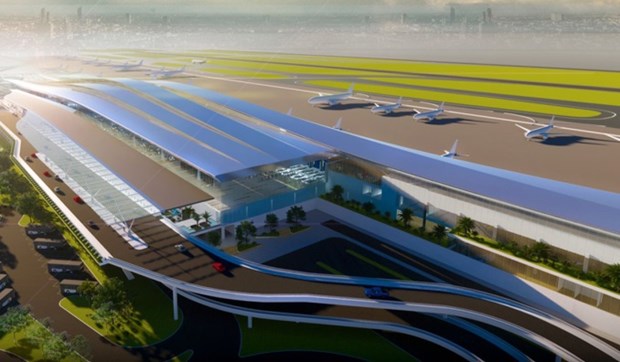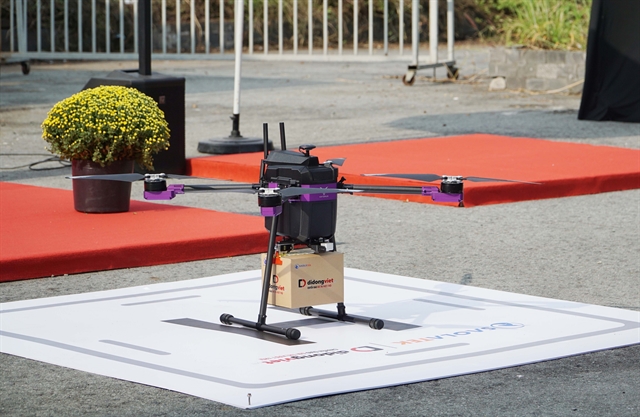 Society
Society

 |
| An overhead rendering of the new passenger terminal T3 at HCM City’s Tân Sơn Nhất international airport. — Photo courtesy of the Airports Corporation of Việt Nam |
HCM CITY — Construction of a third passenger terminal at Tân Sơn Nhất international airport in HCM City has been delayed until next month after a prolonged delay due to issues related to land-use planning.
According to a report by the Ministry of Transport, construction was expected to start in the third quarter, but the ministry was still waiting for 16ha of military land yet to be handed over.
The transport ministry has urged the Ministry of Defence to hand over the land to ensure the new schedule.
The report noted the new terminal will be completed and put into operation in 2024.
In July, the Government approved a plan that requires the defence ministry to hand over some 28 hectares of military land for expansion of the country’s busiest airport.
Of the land, 16ha will be for building the new passenger terminal and another 12ha for a road connecting the terminal and nearby streets in Tân Bình District.
In 2020, the Government approved the project to build the terminal at a cost of nearly VNĐ11 trillion (US$470.5 million), using the budget from State-owned Airports Corporation of Việt Nam. Construction is expected to take 37 months.
The terminal has been proposed as a key and urgent traffic project for the city, so a prolonged delay in the construction could make the project investor incur heavy losses, experts have warned.
At a recent meeting, Prime Minister Phạm Minh Chính urged the construction of the new terminal to be started in the third quarter and completed by September 2024 amid growing complaints of overcrowding at the airport.
Tân Sơn Nhất international airport was originally designed to serve 25 million passengers per year by 2020, but it has been serving almost 40 million per year since 2017.
The airport currently has two terminals, with the T1 terminal serving domestic flights and T2 handling international flights.
The T1 terminal can serve up to 15 million passengers a year, while the T2 terminal can provide service to 10 million passengers per annum.
Once operational, the new T3 terminal will be able to serve up to 20 million passengers annually.
The new facility will handle domestic flights, help to ease pressure on the T1 Terminal, which is currently overloaded, and improve service quality.
The number of passengers travelling via the airport has surged in recent years, nearly doubling its designed capacity, especially once the COVID-19 pandemic was contained.
The growth in the number of passengers after the pandemic has shown the strong recovery of the economy, especially in the aviation industry and tourism activities.
However, this has caused escalating overcrowding at major airports in the country such as Tân Sơn Nhất in HCM City and Nội Bài in Hà Nội. — VNS




